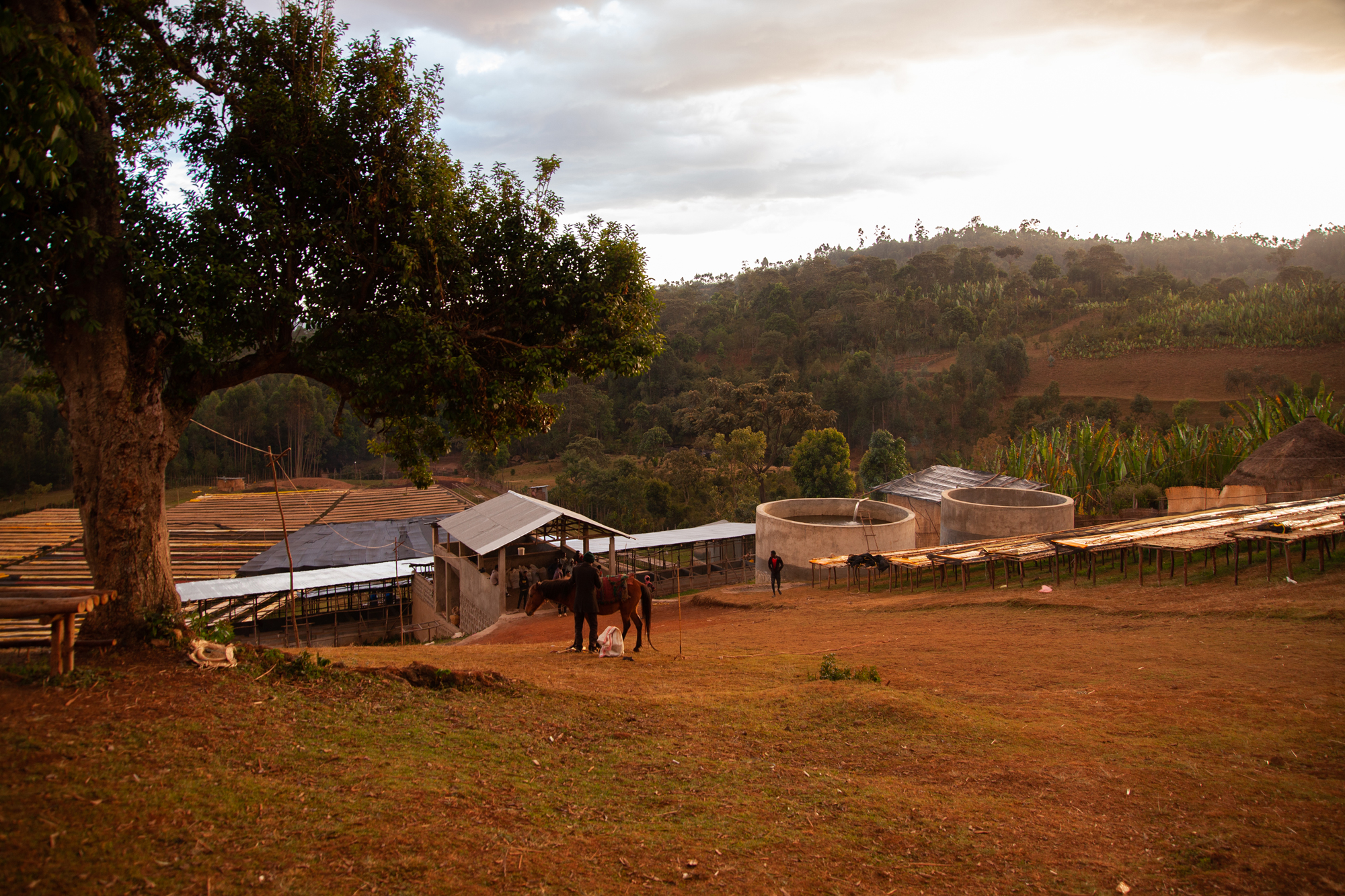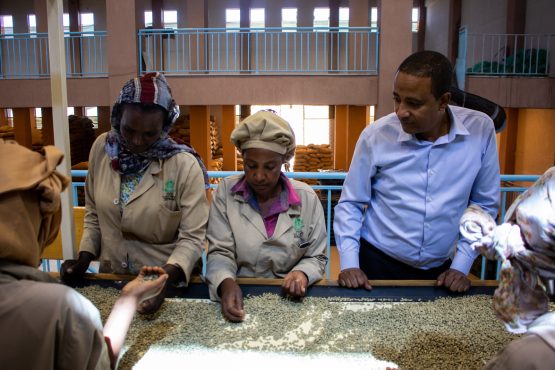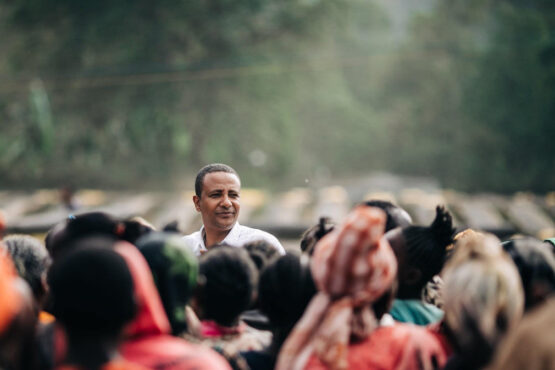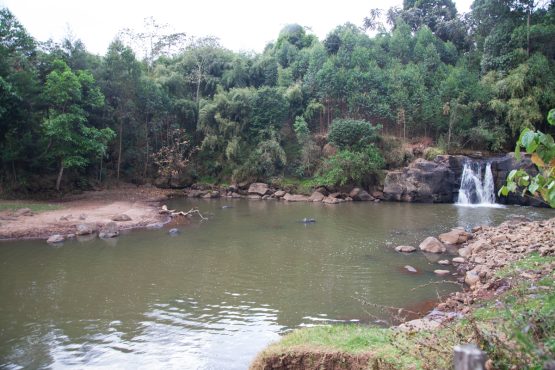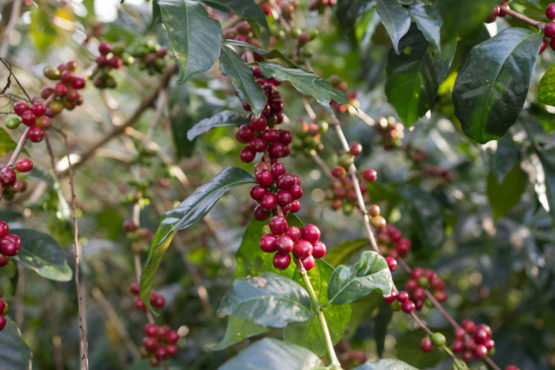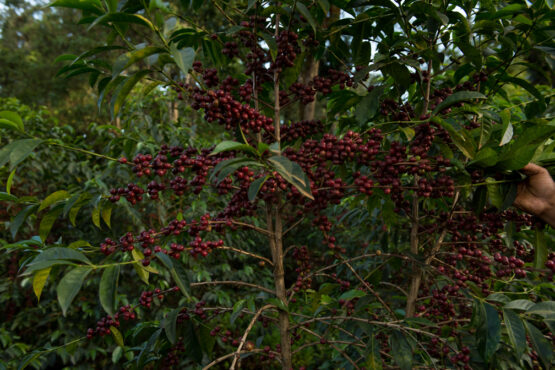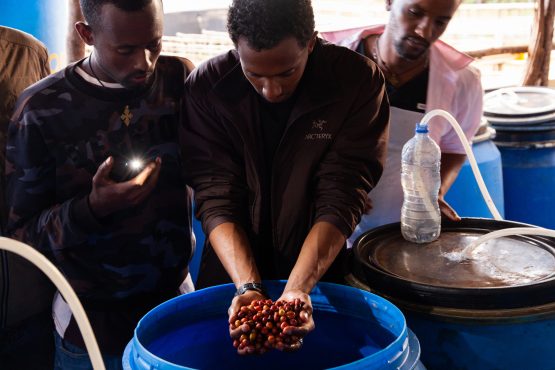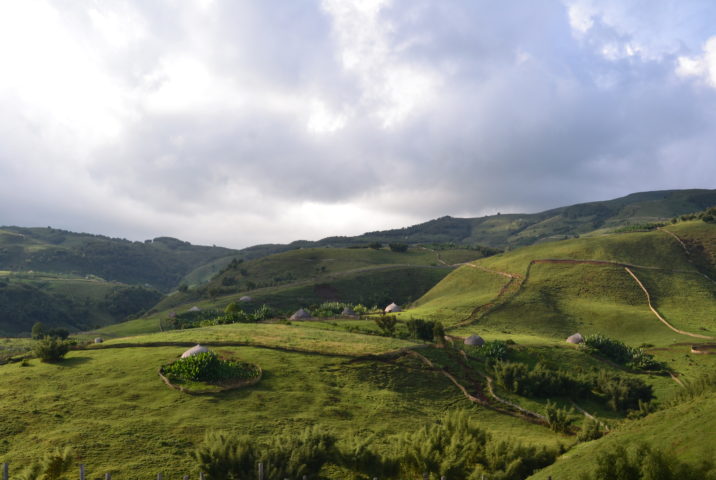Yaye Natural Anaerobic
Complex and distinct, with tropical acidity and a rich body. Lychee, grilled pineapple and Umeshu, with dark chocolate on the finish.
Yaye is a privately-owned washing station that is located in the Arbegona woreda (administrative district) in Ethiopia’s Sidama zone. The washing station is found in the kebele (local village) of Chericho, and is one of twenty owned and managed by Testi Coffee, a family-owned company founded by Mr Faysel A. Yonis.
Sitting at 2,230m above sea level, Yaye produces exceptional washed, natural and special preparation lots. Built in 2021, the washing station is one of Testi’s premium sites, meaning it only accepts the highest quality cherry, and farmers receive added payments for those lots. Premium sites are selected for their regional characteristics (Yaye, for example, was built next to the Gelana River), as these can streamline processing and guarantee they only receive cherry from local farmers who grow coffee under exceptionally prodigious conditions.
During harvest, freshly picked coffee cherry is delivered daily by some 300 independent outgrowers from the kebeles surrounding the nearby Tulecha mountain. The majority of the families that contribute to this lot farm organically on tiny plots of land, which average just one hectare in size. Coffee is their main cash crop and grows alongside food crops of corn, grain and bananas, under the shade of native Birbira, Wanza, and Acacia trees. The average elevation of the farms in this region is very high – around 1,995–2,230m above sea level – and this, combined region’s cool temperatures, is ideal for the slow ripening of coffee cherries, leading to denser beans and a sweeter, more complex cup profile.
This coffee lot was produced as part of Testi’s quality improvement initiative, Premium Cherry Selection (PCS). Launched in 2018, the Premium Cherry Selection program ensures that best practices are used for growing, harvesting and processing the coffee cherry. Through the program, Testi pay a premium to farmers who pick and deliver only the ripest cherries from their farms. Coffees produced as part of the program represent the highest quality and cleanest cup profile available from the washing station and wider region. Head here to learn more about Testi Coffee’s work in Ethiopia.
ABOUT THE SIDAMA COFFEE REGION
Historically, the Sidama coffee region refers to a wide geographical area encompassing much of central-south Ethiopia, that is well known for producing exceptional natural and washed coffees. The region is located in Ethiopia’s South East Coffee Zone, and includes renowned coffee-producing localities such as Yirgacheffe, Kochere, West Arsi, Bensa and Guji. After a 2019 Referendum, some of the territories within the Sidama coffee region formed an autonomous regional state. This coffee region now extends across the states of Sidama, Oromia and the Southern Nations, Nationalities, and People’s Region (SNNPR), three of eleven ethnically-based regional states of Ethiopia.
Coffees that are grown and processed in Sidama showcase an extremely diverse range of flavour profiles, and are noted for their intensely fruit-forward, tea-like, floral and complex character that is sought after worldwide. It is widely accepted that the coffee species, Arabica, originated in the lush forests of southern forests of Ethiopia and hence growing conditions in this area are perfectly suited for producing exquisite coffees.
The Sidama coffee region is named for the Sidama people, a tribe with a long and proud history of coffee production. Coffee has been here for centuries and is an important source of income for rural households, who grow it as the primary cash crop. Family plots are small and intensively farmed with intercropped coffee, food crops like pulses, grain and yams, and other cash crops like khat (similar to tobacco) and Ethiopian banana. Most farms are planted amongst or alongside indigenous forest trees, which provide a thick canopy of shade for the coffee trees. Historically, farmers in this area will use organic farming practices (although it is unlikely to be certified) as there is no ready access to artificial fertilisers or pesticides.
VARIETY
This coffee is mostly made up of the two dominant JARC varieties in the region: 74110 & 74158.
For many years, most Ethiopian coffees have been described as being a mix of cultivated and wild varieties, referred to as “heirloom varieties.” This is a term that is all-encompassing and used by many actors in the coffee industry to generally categorise Ethiopian coffee varieties that are from native forest origins. Whilst “heirloom” describes many of the varieties found in Ethiopia, it is also a bit simplistic and does not acknowledge the varieties that are already locally recognised and purposely cultivated, or those that have been specifically developed and widely distributed by the Jimma Agricultural Research Centre (JARC).
Sidama is home to many landrace varieties that were originally selected from the forest and have been propagated successfully for decades. There are five popular varieties that are named after indigenous trees in the area— Bedessa, Kurume, Mique, Sawe and Wolisho. There is little documentation on the history of these varieties, and it is hard to know if they represent a single plant or a wider group of varieties; however, it is widely accepted that they play a major role in the quality and floral flavour profile of the coffee from this region. JARC varieties were developed using “mother trees” from Ethiopia’s coffee forests, and are now grown for disease and pest resistance, as well as exceptional cup profile, and are released by number. For example, 74110, 74112 and 74116 are all widely propagated in the Sidama growing region.
PROCESSING
This coffee was processed using anaerobic fermentation and the natural method, a combination Testi has been using at several of their washing stations. Each day, carefully hand-picked coffee cherries were delivered to the wet mill and meticulously hand-sorted prior to processing to remove unripe, overripe, or damaged fruit. This extra step was done to enhance the quality and sweetness of the final cup. Selected cherry was then tightly packed into polyurethane tanks and sealed shut to ferment without oxygen (anaerobically).
The lids of the tanks have valves that allow for the release of any carbon dioxide produced during fermentation. These valves are connected to plastic bottles filled with water, ensuring that no oxygen can enter the tanks. Cherries were left to ferment for around seven days, or until the pH level in the tank dropped to 3.8, as the team at Adorsi have learned levels below this can become too acidic and affect the final cup. During these seven days, the fermentation tanks were placed in concrete water tanks to maintain their temperature between 15 -18 degrees Celsius and turned regularly, slowing down and homogenising the process.
The fermented cherries were then washed with fresh water from the Wegida river, graded by weight and ‘quick dried’ mechanically until they reached 35% moisture content. They were then spread evenly on raised African beds (screens) to dry in the sun for between 24-30 days under shade. Once moisture content dropped to 12%, the dried coffee pods were collected and store in warehouse for four weeks before milling.
HOW THIS COFFEE WAS SOURCED
Since 2018, regulation changes within the Ethiopian coffee industry have allowed smallholder producers and coffee washing stations to export coffee directly to the international market, rather than through the Ethiopian Commodity Exchange (ECX), a model called Vertical Integration. While the ECX has provided stability and opportunity for many Ethiopian coffee farmers, it does not service the specialty market well, as there is an inherent lack of transparency and traceability in its auction model, and more points for potential corruption or confusion between the producing communities and the final buyer.
Vertical Integration enables a more streamlined coffee supply chain and provides an opportunity for the increased traceability and transparency of coffee trade in Ethiopia. Beyond this, producers who market and trade their coffee directly can access higher prices and more direct payments for their coffees. All of the coffee we purchase in Ethiopia is bought outside of the ECX system.
This coffee was sourced through our on-the-ground Ethiopian supply partner, Sucafina Ethiopia, who help connect us to single estates, privately owned washing stations and quality-focused exporters in different regions of Ethiopia. Based in Addis Ababa, Sucafina Ethiopia work as a service provider connecting local farmers and exporters (colloquially known as ‘shippers’) with international buyers like MCM. By Ethiopian law, they (and other foreign-owned entities) are not permitted to buy cherries directly, or to own washing stations or mills; however, their expertise is invaluable in coordinating multiple shippers, ensuring quality standards are met and handling all logistics in the preparation and local transport of our coffees. Through our shared commitment to responsible sourcing practices, quality and traceability, we have been connected to likeminded shippers, like Testi, who work to produce delicious and consistent coffees while running social programs that directly and meaningfully support coffee farmers and their families.
WHY WE LOVE IT
The word “testi” means happiness in the Harrari language, which is fitting as their coffees make us very happy! This lot is a fine example of the distinctive and unique nature of coffee produced in the region, and Testi’s meticulous approach to experimental fermentation. We love this natural anaerobic lot for its bright, tropical acidity, floral complexity and grilled pineapple sweetness.
